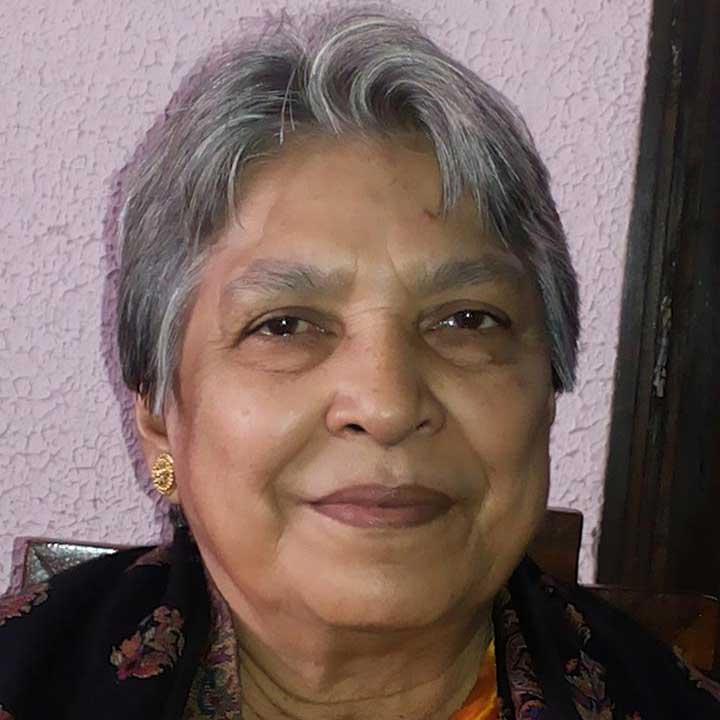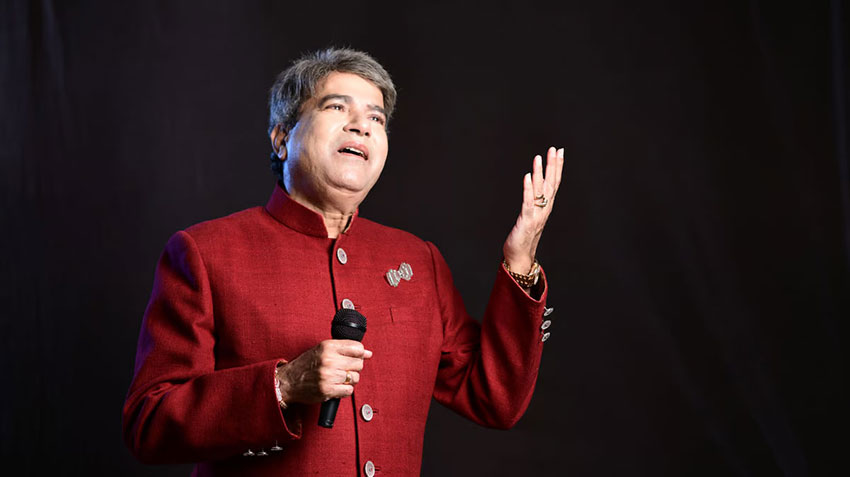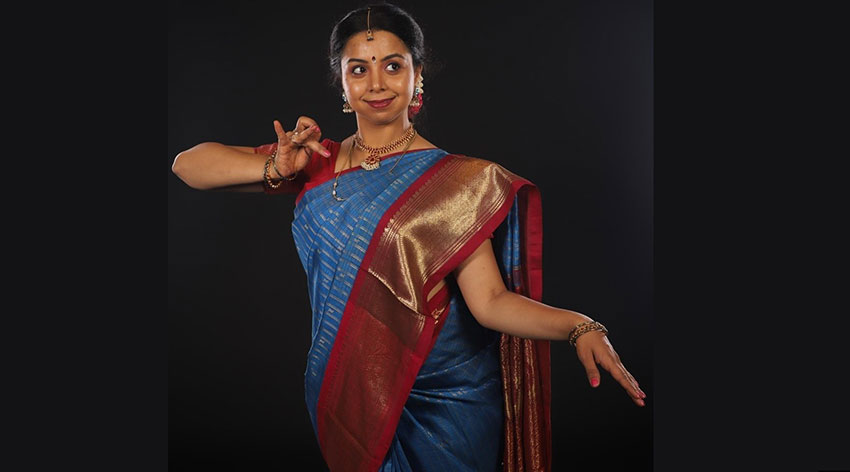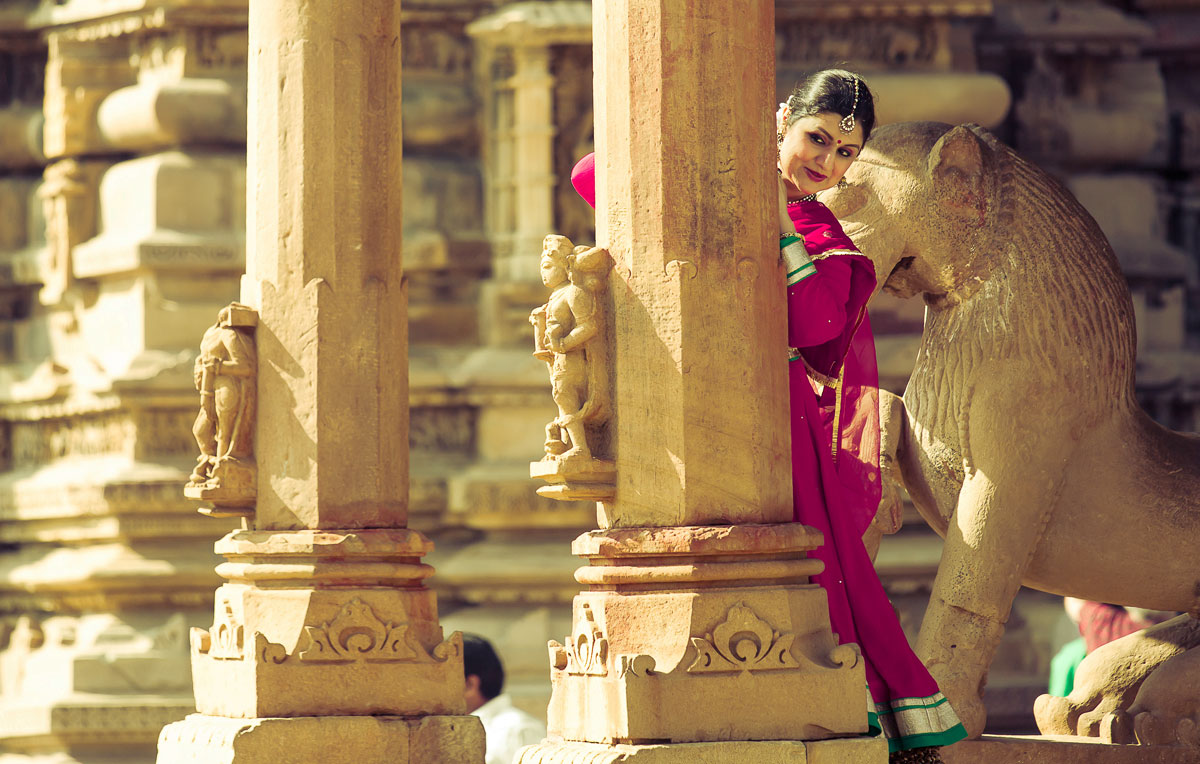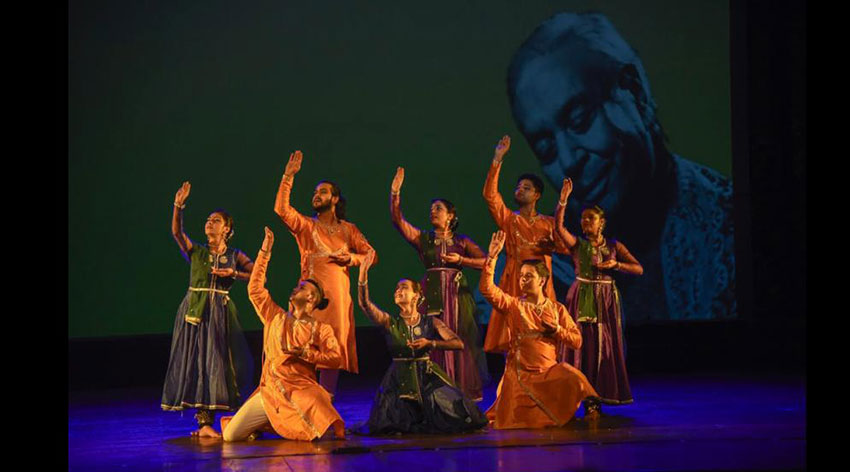Kumudini Lakhia has always shocked the traditional sensibilities of Kathak Gurus and practitioners with her ground-breaking productions. Recently, she has produced another thought-provoking, spectacular dance-narrative, which she has staged in five cities, Ahmedabad, Bangalore, Chennai, Vadodara and Mumbai.
Sanjukta Sinha was the superstar of Meraki performed in all the shows including Deendayal Auditorium, Ahmedabad.
Another galaxy of stars Maulik Shah and Ishira Parikh, to Maitreyee Juju daughter of Kumudini, who arranged shows at Bangalore, Chennai. Mumbai and Baroda, back to back. Gyandev was the superb lights designer who bathed dancers with excellent lights. For Sanjukta Sinha Meraki once again was a new learning process and experience. Each character, emotion, is so different from the other, she said. Kumiben’s work reflects constant growth, abstract conceptualization and concrete experimentation, which not only helped her grow as a performer but also she got her an in-depth knowledge of body, mind and soul. She said, she was taken through an inner journey, which activated all her energies and helped her to become a better version of herself. Meraki was Kumudini Lakhia’s story, which she has experienced through her life.
Shreshtha Bharat Sanskriti Samagam
In the seminar held at Ahmedabad, by Shreshtha Bharat Sanskriti Samagam held by Sangeet Natak Akademi, Kumudini Lakhia, who is a name to reckon with in the field of Kathak said that Kathakars have existed from the beginning of civilization. The Gangetic plain abounded in a number of Kathakars, also called Pathaks and Granthakars. It was their practice to tell stories from the epics as well as from the current activities of the people. During Mughal times, in the medieval period, Krishna and Radha took up centre stage, due to the spread of Bhakti movement. This connection has been maintained till date, she said. Kathakars took to these stories expressing them with abhinaya, both facial and hasta mudra. Her Guru Pandit Shambhu Maharaj was in favour of renaming Kathak as the Natavari Nritya of Krishna. The royal houses of Rajasthan had Gunijan Khana, where artists were invited to practise and showcase their art form. Therefore, various Kathak styles of different families came to be called Jaipur Gharana Kathak. The names of Ishwari and Thakur Prasad were well-known gurus. Nawab Wajid Ali Shah -18th century-encouraged dance. Maharaj Bindadin, also known as Adi Guru. Birju Maharaj the grandson of Bindadin, is the most well known Kathakar of modern times.
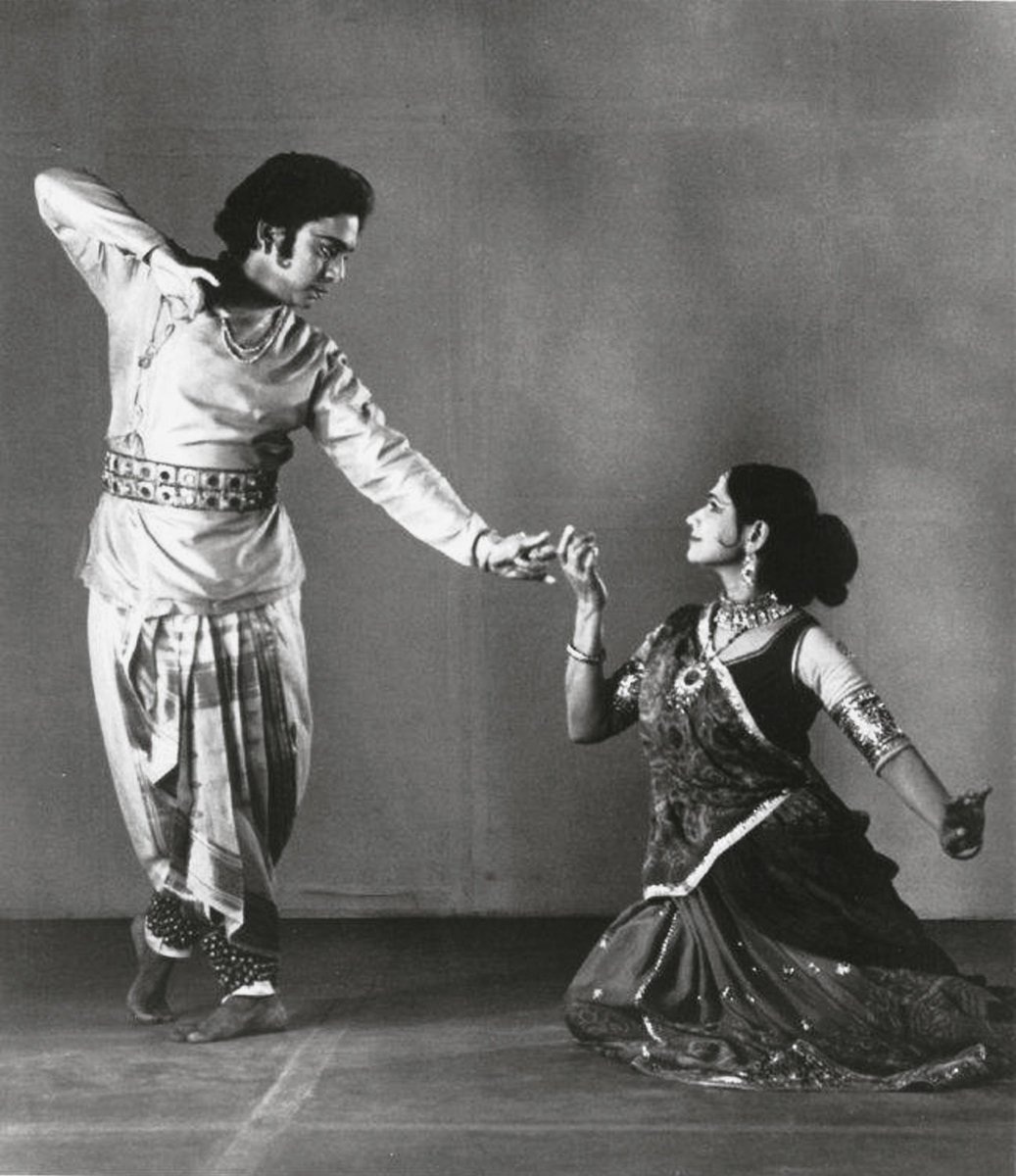
Kumiben gave a descriptive talk of the other gharanas as well. She spoke of the times in the 50s when Kathak was institutionalized. m Shriram Bharatiya Kala Kendra in Delhi invited Shambhu Maharaj from Lucknow to teach Kathak. Many scholarships were given by the Ministry of Culture to young aspirants to learn Kathak. Students from educated homes took to Kathak. In her talk, Kumudini Lakhia etched the evolution of Kathak along with all other connected details. She spoke of the dance drama Malati Madhav produced by Shriram Bharatiya Kala Kendra for The All India Dance Festival in which she was Malati with Birju Maharaj as Makarand. The drama, she said, was a total disaster – in every aspect. Many liked it. However, it was the first step in looking at Kathak as a new Avatar.
Kumudini Lakhia spoke of the hardships faced by a dancer, especially if one has to win your bread with dance as a profession. Many join schools as dance teachers. The community of Kathak dancers are on the rise.
As early as 1958, eminent writer Mulk Raj Anand had told her that Kathak has no future. However, the future, she said, is with the Kathak dancers themselves in how they relate to the audiences. Many are attempting choreography, but the basic principles of Space, Time and Dynamics as well as musing; costuming; and lighting have to be kept in mind. Choreography in India is in a fledgeling state and one needs to be careful not to abandon tradition or the very core of the form will be lost.
At Konark
The brightest star among Kathakas Kumudini Lakhia creates history in whatever she does in her favourite field. Age has not withered her. You can see her talking animatedly, whenever the subject of Kathak crops up. She is creative to the core. She is not done yet. Her fertile mind is always at work. “She has miles to go before she sleeps!”
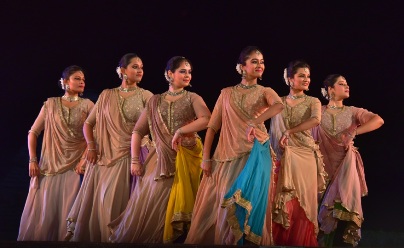
Lakhia’s institution Kadamb has celebrated its golden anniversary in 2015. She had then believed and still believes that the gods need a break and rightly so. She indeed had given the gods of the Indian mythologies a break. Her works like Atah Kim, Dhabkar and their likes created ripples when premiered. For the first time, you saw Kathak rendered in groups, where the gods played no role.
As a special tribute to this pioneer in contemporary Kathak, Konark Festival of dance held jointly by Odisha Sangeet Natak Akademi and O.T.D.C. included her group in the festival. Kumudini Lakhia stayed true to the principles of Kathak and freed the form from its restrictions to produce group compositions on secular topics rather than only on mythological. She was triumphant and has pushed the boundaries of Kathak dance. Her group was invited to perform at the Konark Festival of dance 2018, to give the audience a taste, a flavour of her fine workmanship.
[adrotate group=”9″]
With the historical Konark Sun Temple as a backdrop, Kadamb’s repertory members did pay their homage to Sarva Swarupini, Sarva Shakti, Jagadiswari Devi, in keeping with the mood of the tradition-bound venue. In the carefully chosen lyrical language of a bhajan from Meera, ‘Barse badaria sawan ki, mon bhavan ki’, Rupansi Kashyap, Mitali Dhruva, Krutika Ganekar, Mihika Mukherjee, Mansi Gandhi and Vidhi Shah recapitulated and emoted together the happy feelings of excitement felt my Meera awaiting Krishna during the season of rain. The beauty of raindrops falling; birdsong; dancing peacocks; along with other motifs of the season were presented by stellar performers. Flautist Partha Sarkar and vocalist Praher Vora’s music did make a difference to the piece. In keeping with the philosophy of the Sun Temple at Konark, Kumudini did give Devi and Krishna its due place. Gods cannot always be bypassed.

The presentation of Taal Dhamar, which followed with Kumudini Lakhia’s prime disciple Sanjukta Sinha in the role of the lead dancer, the group left the audience open-mouthed. The vibrant male group with Sanjukta, spread a magical spell with the various movements of Kathak keeping intact the geometry of the technique in their erect stances while maintaining all along with the uniqueness of the 14 matra beat grouped into a 5-2-3-4 count. Kathak phrases like the quick turn of their necks sideways and circular rotation of their wrists, along with brisk jumps and glides spoke of their aesthetic sensibilities. The costumes designed in pastel colours and minimal jewellery accentuated the beautiful movements in the kathak idiom. The minute nuances of Kathak, displaying the variations in the taal were savoured by the assembled. Percussionist Joby Joy’s playing of the table complemented the visual art of Kathak.
In the Padhant piece Sanjukta Sinha’s innovations with three male dancers doing individually, then all together, had vibrancy, speed, power and elegance. The dance arena was set on fire with their footwork, finely and unmistakably executing the bol padhants like a master craftsman. Dancers Dhirendra Tewari, Rohit Parihar, Mohit Sridhar and Sanjeev Gangani along with Sanjukta Sinha with their erect bearings and tremendous fitness defined and detailed out the tihais, tukras and chakkars in various ways.
[adrotate group=”9″]
The last piece presented, by all was spectacular. The interplay of performers replacing one another and then coming together, again and again, resulting in myriads of kaleidoscopic designs leaving the viewer to fantasize, a dreamlike landscape abounding in flowers and fountains and all things of eternal beauty. Coming together in the musical concept of the tarana with a repetitive line at first medium paced and then juggling between fast-paced movements of different sorts and Sanjukta herself pirouetting all around the stage, like a floating cloud, took one to a different level of consciousness altogether, where supreme happiness prevailed.




